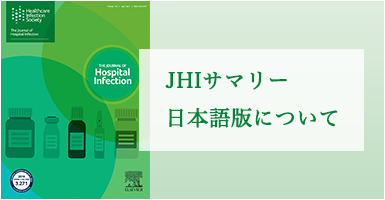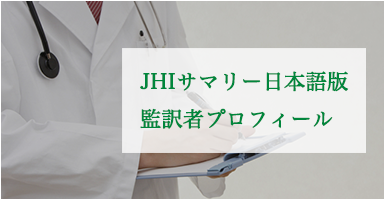脂肪吸引カニューレをヒト脂肪、マイコバクテリウム・アブセサス(Mycobacterium abscessus)亜種 bolletii およびゲオバチルス・ステアロサーモフィルス(Geobacillus stearothermophilus)で意図的に汚染させた後の洗浄および滅菌の評価★
Evaluation of cleaning and sterilization of liposuction cannulas after intentional contamination with human fat, Mycobacterium abscessus subspecies bolletii, and Geobacillus stearothermophilus J.A.G. Bronzatti*, R.Q. de Souza, C.V. Niero, C.L. Romagnoli, N.M. da Silva, C.Q. de Moraes Bruna, L.A. Gioielli, K.U. Graziano *University of São Paulo, Brazil Journal of Hospital Infection (2023) 136, 8-13
背景
カニューレの複雑な構造は、脂肪残留物の滞留や蓄積のために、再処理の際に大きな問題となる。
目的
脂肪吸引カニューレの洗浄を評価し、蒸気滅菌中のマイコバクテリウム・アブセサス(Mycobacterium abscessus)亜種 bolletii(MASB)およびゲオバチルス・ステアロサーモフィルス(Geobacillus stearothermophilus)不活性化に対する残された脂肪残留物の防護効果を検討した。
方法
第 1 段階で、脂肪吸引カニューレの洗浄について6 種類の標準作業手順書を評価した。第2 段階で、脂肪吸引カニューレの内腔を区分けし、第 1 段階で認められた最大量および最小量のヒト脂肪に MASB を加えて汚染させた。第 3 段階では、第 2 段階と同量のヒト脂肪を用いて、G. stearothermophilus を含有する紙片を汚染させた。
結果
第 1 段階において、脂肪の残留量は 6 mg から 52 mg であった。第 2 および第 3 段階では、最小量および最大量の脂肪(6 および 50 mg)によって、134°Cで 1.5 および 3 分の蒸気滅菌中、微生物が保護された。
結論
ヒト脂肪、MASB および G. stearothermophilus で意図的に汚染させた脂肪吸引カニューレの効果的な洗浄および滅菌は、実施できなかった。
監訳者コメント:
脂肪吸引カニューレの洗浄液は洗浄および滅菌処理が不十分になりやすいことを、証明している。警鐘的な事例として読んでおこう。
同カテゴリの記事
Establishment and application of test methodology demonstrating the functionality of air purification systems in reducing virus-loaded aerosol in indoor air J.M.B.M. van der Vossen*, A.P. Kreikamp, V. Hatt, A.M.T. Ouwens, D.J. Brasem, M. Heerikhuisen, R.C. Montijn *The Netherlands Organisation for Applied Scientific Research TNO, the Netherlands Journal of Hospital Infection (2023) 135, 74-80
Identification of risk factors and development of a predictive model for bloodstream infection in intensive care unit COVID-19 patients D. Strelkova*, S. Rachina, L. Fedina, A. Vlasenko, M. Tetevina, D. Drogashevskaya, M. Chesnokova, V. Kuleshov, E. Burmistrova, I. Sychev, N. Ananicheva *I. M. Sechenov First Moscow State Medical University, Russian Federation Journal of Hospital Infection (2023) 139, 150-157
Application of the appropriate molecular biology-based method significantly increases the sensitivity of group B streptococcus detection results
T. Bogiel*, D. Depka, P. Zalas-Więcek, M. Rzepka, E. Kruszyńska, E. Gospodarek-Komkowska
*Nicolaus Copernicus University in Toruń, Poland
Journal of Hospital Infection (2021) 112, 21-26
Impact of material properties in determining quaternary ammonium compound adsorption and wipe product efficacy against biofilms M.J. Pascoe*, S. Mandal, O.A. Williams, J-Y. Maillard *Cardiff University, UK Journal of Hospital Infection (2022) 126, 37-43
Surgical site infections after simultaneous pancreas kidney and pancreas transplantation in the Swiss Transplant Cohort Study P.W. Schreiber*, M. Laager, K. Boggian, D. Neofytos, C. van Delden, A. Egli, M. Dickenmann, C. Hirzel, O. Manuel, M. Koller, S. Rossi, B. Schmied, L. Gürke, M. Matter, T. Berney, O. de Rougemont, S.P. Kuster, S. Stampf, N.J. Mueller, the Swiss Transplant Cohort Study *University Hospital Zurich, Switzerland Journal of Hospital Infection (2022) 128, 47-53



